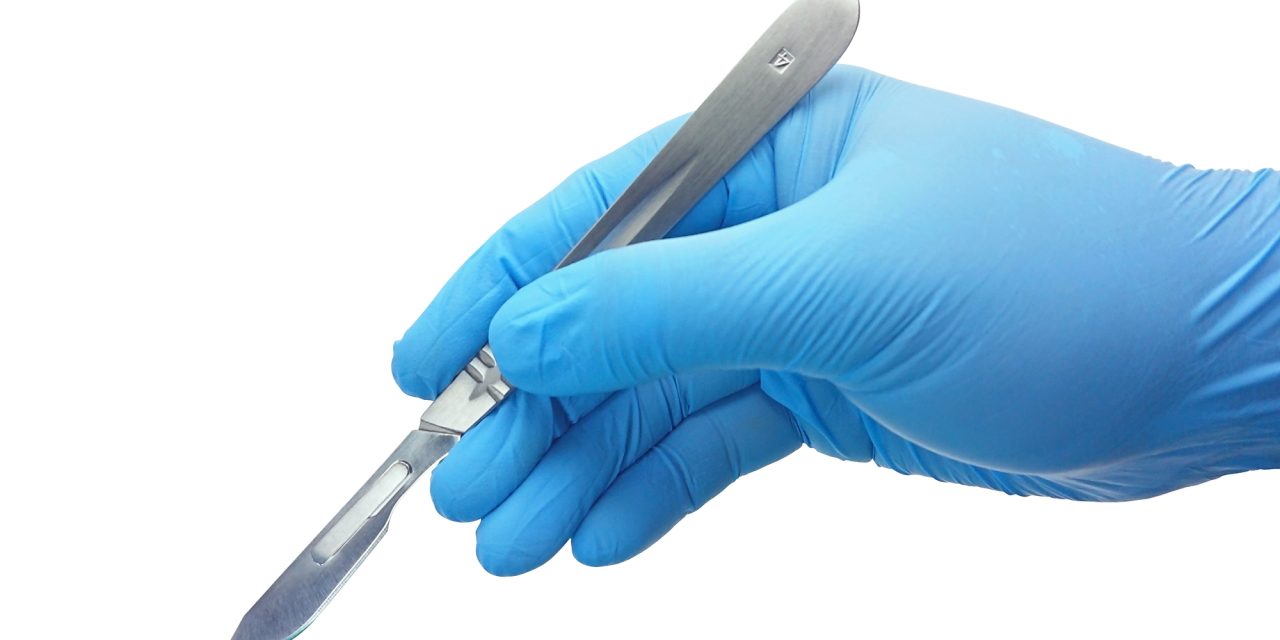Patients who have experienced an acute coronary syndrome should be evaluated in the office setting soon after hospital discharge. First follow-up appointments more than 6 weeks after discharge reduce adherence to therapy. Care coordinator involvement is helpful and associated with lower readmission and mortality rates. Postdischarge care should focus on blood pressure and lipid management with diet and drugs (all patients should be taking high-intensity statins if tolerated), along with antiplatelet therapy, including dual antiplatelet therapy if a stent was placed. Dual antiplatelet therapy should be continued for at least 12 months. Anticoagulation with low-dose rivaroxaban can be considered in addition to dual antiplatelet therapy, even if there is no other indication for anticoagulation therapy, if the patient has a low bleeding risk. Beta blockers should be taken for 3 years in patients with a normal left ventricular ejection fraction (LVEF) and indefinitely if LVEF is less than 40%. Patents with low LVEF also should take angiotensin-converting enzyme inhibitors. Nitroglycerin is the first-line therapy for angina. Other considerations are smoking cessation and cardiac rehabilitation with a physical exercise program guided by exercise testing if needed. Additional evaluation with stress testing and imaging is guided by patient clinical status.
Acute Coronary Syndrome: Postdischarge Care.


